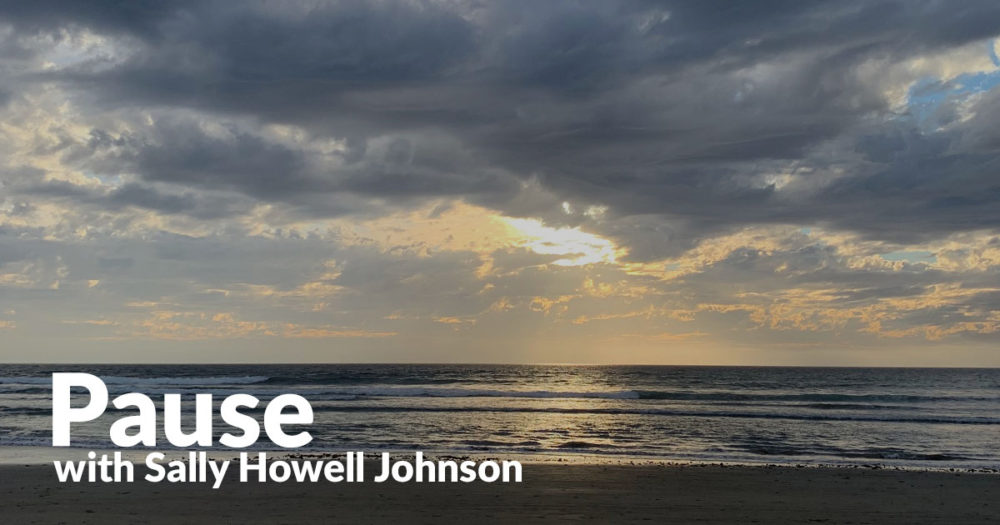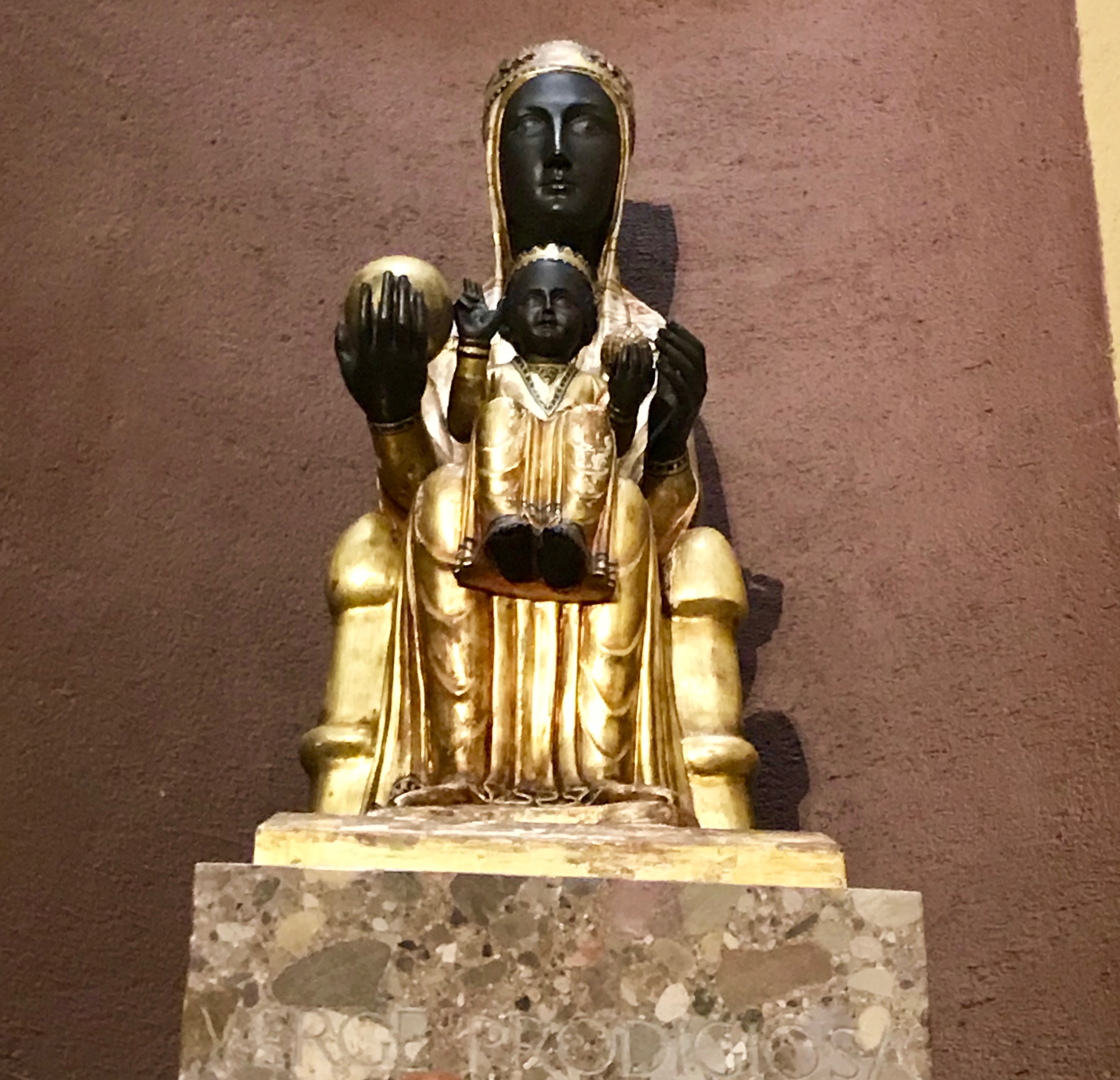Silence is the language of God. All else is poor translation.
~Rumi
During the month of September I probably attended at least ten services of worship. All were either in Spanish or Portuguese, neither of which I speak. Since they were all Roman Catholic masses and I know the form of the service, I basically knew what was going on and could even gear up to say the Lord’s Prayer in English under my breath when the time came. Sometimes I could tell from the scripture lessons what particular story was being recounted but when it came to the sermon I had no idea what was being said. Even in the churches where there was an effort to teach a short sung response, though I may have caught hold of the tune as it floated by, I was making up the words, ‘watermeloning’ my way through.
Many people might think this odd…that I would be content to sit through hour after hour of an experience in which the language was lost on me. But, frankly, the sanctuaries in which I had taken a seat were so stunningly beautiful, that what was being said was overshadowed for me by the colors streaming through windows, the ancient stones that oozed strength and majesty, the statues of angels and saints that told stories of faith and a history I only know a little about. The music that surrounded from choirs and organ wove through all my eyes could take in, holding what I knew and what I could not understand, in a gentle blanket of beauty.

Truth be told I have sat through many worship experiences in which I did not understand the language. Even though what was being said was in my mother tongue, the words being spoken made little sense to me, to my experience of the Holy. I have listened to words that seemed harmful and judgmental. Words spoken to exclude and narrowly paint a box in which some are ‘in’ and others are ‘out’. It was a language I simply did not understand and didn’t want to learn. In those places I have also become one with the deep blue, the brilliant red and golden yellow in the stained glass windows. I have watched how the sun filtered through creating a rainbow on the wall and down onto the floor. I have hung on for dear life to the one hymn that seems to want to ooze in and heal all what has gone before with its sweet tune and kind words.

So, being in so many services where I did not understand the language didn’t seem odd to me. There was maybe even a comfort in it or at least something freeing. In describing an experience of worshiping with some of her students in the Greek Orthodox Church, author Barbara Brown Taylor writes: “Not knowing the language turns out to be a kind of blessing. We can listen to the music without worrying about the words. We can let the prayers wash over us without analyzing their content. Since we did not understand what the priest is saying, we can watch what he is doing. We can see the reverent gestures going on all around us without being certain what they mean.”
I may not have understood very many of the words to which I was present in those worship services. But I did understand some of what was happening both for me and for all those gathered around me. As all of us showed up at the appointed hour and found a resting place in buildings created by the hands and the lives of people whose witness had spanned centuries, we all carried with us hope for being lifted above the ordinariness of our lives, of having an encounter with beauty and mercy and that invisible thread that connects us, of being held by Mystery. Our names and the language for this hope may have been very different but the experience was similar. How did I know this? It was visible on their faces and I believe it was visible on mine. Weeks later I now carry the gift of that with me and I am so grateful…even if I don’t know, will never know, the language.







